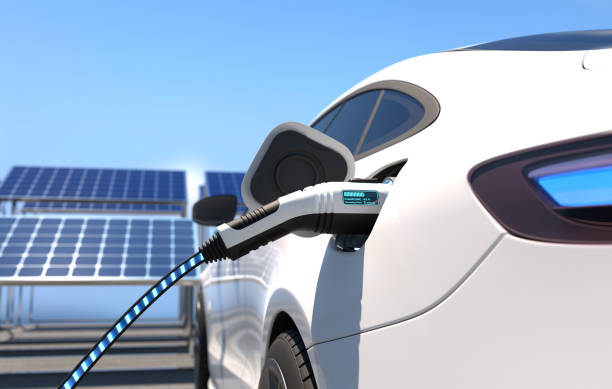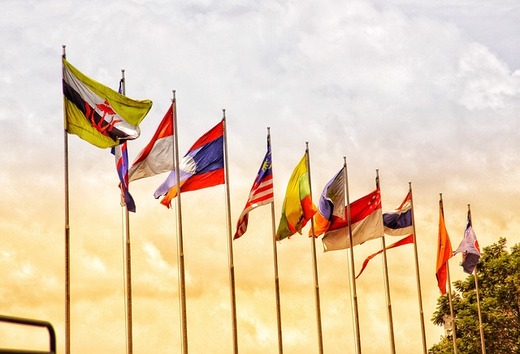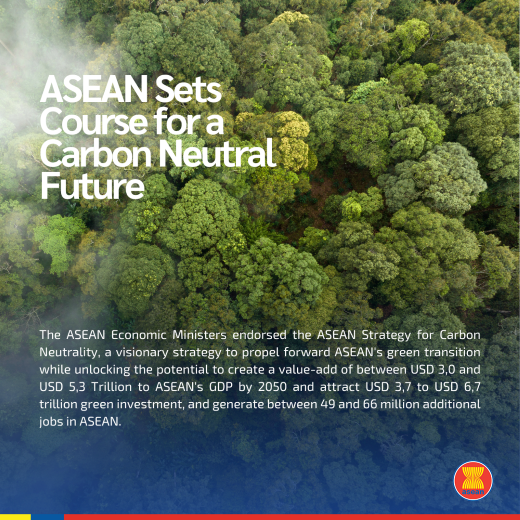Indonesia advanced from Cambodia’s 12th to 6th largest trading partner in 2023, with trade volume between the two countries reaching nearly $1.1 billion, marking an increase of almost 15% compared to 2022, as reported by the General Department of Customs and Excise (GDCE).
Bilateral trade between the two nations stood at $1.09 billion for 2023, rising 14.6% compared to $948.53 million year-on-year, representing 2.32% of Cambodia’s total international trade, which totalled $46.83 billion.
Exports to Indonesia amounted to $92.74 million, surging by 151.7%, while imports of Indonesian goods stood at $994.6 million, an increase of 9.1%.
Hong Vanak, director of International Economics at the Royal Academy of Cambodia, told The Post on February 6 that as members of ASEAN and the Regional Comprehensive Economic Partnership (RCEP), trade between the two countries is expected to grow, particularly with the improvement in global economic conditions.
He noted, however, that the country’s significant trade deficit necessitates greater efforts from the government and private sector to produce goods that meet Indonesian demand.
“The increase in trade volume signifies enhanced diplomatic and trade relations between the two nations, but Cambodia needs to exert more effort to bridge the export value gap. Given Indonesia’s large population, it would be beneficial if our goods could penetrate their market more effectively,” he said.
Vanak anticipates that, through the efforts of the public-private sector, the country’s exports to Indonesia will continue to increase in 2024.
For full article, please read here
Reporter: Hin Pisei
Source: The Phnom Penh Post
Investment projects in Cambodia's industrial sector have been on the rise, comprising over 90% of all ventures approved by the Council for the Development of Cambodia (CDC) in 2023.
A total of 268 investments were approved in 2023, comprising 247 new undertakings and 21 production expansion projects, according to a CDC press release.
The financing, valued at $4.9 billion, is expected to create more than 300,000 jobs.
The CDC noted that the sector accounted for approximately 92.54% (248 projects) of the total number, contributing about 46% of total capital investment.
The projects include the establishment of a cement factory in Battambang province, a motorcycle assembly expansion project and a solar panel manufacture and assembly factory.
Hong Vanak, director of International Economics at the Royal Academy of Cambodia, told The Post on February 12 that the country’s favourable geographical location, political stability, economic growth, investment laws, transport infrastructure, labour, markets and preferential tariffs from major countries are key factors in attracting national and international investors to establish factories and enterprises.
He stated that free trade agreements (FTAs), such as those with China (CCFTA), South Korea (CKFTA), the Regional Comprehensive Economic Partnership (RCEP) and the Cambodia-United Arab Emirates Comprehensive Economic Partnership (CAM-UAE CEPA), also play an important role in drawing financers.
"Cambodia is increasing its potential to lure investors, particularly in recent years, with the emergence of numerous large-scale factory initiatives. These include the automobile assembly-manufacturing industry, tyre production and the manufacture of components, machinery and electrical equipment, with more factories using advanced technology," Vanak said.
For full article, please read here
Reporter: Hin Pisei
Source: The Phnom Penh Post
Brunei Darussalam is “poised to be the aviation centre of gravity”, for the Southeast Asia region, according to AeroAsia Holdings Corporation, a company leading an international collaboration venture to support the country’s aviation industry.
A memorandum of understanding (MoU) was signed by AeroAsia with a number of other companies to support this development at a signing ceremony at The Rizqun International Hotel on Friday.
AeroAsia said that as of 2023, the aviation services market is valued at approximately USD130 billion, adding that Airbus projects that this valuation is expected to nearly double to USD255 billion by 2042.
Airbus forecasts a demand for 40,850 new passenger and freighter aircraft deliveries over the next 20 years. At the same time, Boeing projects that Southeast Asia will represent 70,000 new pilots, 130,000 new technicians and 210,000 new cabin crews between 2030 and 2042, according to the company.
It said the Sultanate is geographically located at the centre of Southeast Asia with a flight time radius of within three hours.
“Brunei represents a strategic base of operations to train aviation personnel and service aircrafts within the region,” it said.
Source: Borneo Bulletin
Read the full article here
The inaugural Brunei Startup Summit 2024, held at The Rizqun International Hotel, Gadong yesterday, gathered local and international start-ups, aspiring entrepreneurs, industry experts, investors, and stakeholders.
Organised by the Brunei Economic Development Board (BEDB) in collaboration with Darussalam Enterprise (DARe) and the Brunei Innovation Lab (BIL), the summit aims to promote growth, collaboration and innovation within the Sultanate’s start-up ecosystem, under the theme ‘Innovate to Elevate: Charting the Path to a Future of Possibilities’.
Minister at the Prime Minister’s Office and Minister of Finance and Economy II Dato Seri Setia Dr Awang Haji Mohd Amin Liew bin Abdullah, as the Chairman of the BEDB and DARe, officiated the event.
Acting Chief Executive Officer (CEO) of BEDB and DARe Daniel Leong expressed gratitude to the stakeholders involved in coordinating the summit.
He highlighted the event’s goal of uniting start-ups, ecosystem builders, and venture builders to create a collaborative environment for mutual learning, sharing insights, discussing industry trends, and engaging in dialogue sessions.
Source: Borneo Bulletin
Read the full article here
























